Curfew Imposed in Indian City Following Violence Over Aurangzeb's Tomb
Tensions Escalate in Maharashtra as Hindu Groups Demand Removal of 17th-Century Mughal Emperor's Tomb
Authorities have imposed a curfew in parts of Nagpur, a city in India's western Maharashtra state, following violent clashes sparked by demands to remove the tomb of Aurangzeb, a 17th-century Mughal emperor. The unrest, which erupted on Monday night, saw vehicles torched and stones hurled in the Mahal area of the city.
Police have since brought the situation under control and urged the public to maintain peace.
A Historical Tomb Becomes a Political Flashpoint
The tomb of Aurangzeb, who ruled India from 1658 to 1707, has become a subject of growing controversy in recent years. Hardline Hindu groups have increasingly called for its removal, arguing that the emperor was responsible for temple destruction and religious oppression during his reign.
The tomb, located around 500km (311 miles) from Nagpur in Chhatrapati Sambhajinagar district—formerly known as Aurangabad—has become a focal point of political debate amid rising Hindu nationalist sentiments.
Protests Lead to Violence
The violence on Monday followed demonstrations by two Hindu organizations, the Vishwa Hindu Parishad and Bajrang Dal, which burned an effigy of Aurangzeb and chanted slogans demanding the removal of his tomb. Maharashtra Chief Minister Devendra Fadnavis told the state assembly that tensions escalated after rumors spread about religious symbols being desecrated.
According to Fadnavis, a crowd of around 250 Muslim men gathered after evening prayers and began chanting slogans. The situation turned violent when some individuals threatened to set vehicles on fire, prompting police to intervene.
More than 50 people have been detained, and at least 33 police officers were injured, Nagpur Police Commissioner Ravinder Singal told ANI news agency. Security has been heightened across the city, and businesses in central Nagpur remain shut.
Political Fallout and Film Influence
The unrest has sparked criticism of the state's ruling Bharatiya Janata Party (BJP) government, with opposition parties accusing it of failing to maintain law and order.
The latest tensions were further fueled by a recent Bollywood film depicting the torture of Sambhaji, a Maratha ruler who clashed with Aurangzeb and was ultimately executed. Maharashtra’s chief minister stated that the film has “ignited people’s anger against Aurangzeb.”
In the days leading up to the violence, Hindu nationalist politicians had renewed calls for Aurangzeb’s tomb to be removed.
Adding to the controversy, regional politician Abu Azmi recently defended Aurangzeb, stating that he was not a "cruel administrator" and had even built some temples. Azmi also highlighted that under Aurangzeb's rule, India’s economy accounted for a quarter of the world’s GDP. His remarks sparked outrage, leading to his suspension from the Maharashtra state assembly and an official investigation.
Historical Context and Ongoing Controversies
Aurangzeb remains a divisive figure in India’s historical and political discourse. While he is often described as a devout Muslim who led an austere life, his rule was marked by aggressive expansionism, the imposition of strict Islamic laws, and the destruction of Hindu temples. Supporters argue that his reign also included some temple patronage and administrative reforms.
The controversy over Aurangzeb’s legacy has resurfaced multiple times in recent years. In 2022, his name trended on social media during a legal dispute over a mosque built on the ruins of the Vishwanath temple, which Aurangzeb had ordered to be demolished in the 17th century. The same year, Prime Minister Narendra Modi denounced Aurangzeb’s rule, calling it an era of "terror" and "fanaticism."
As tensions simmer, the curfew in Nagpur underscores the continuing political and religious divide over historical narratives in India.


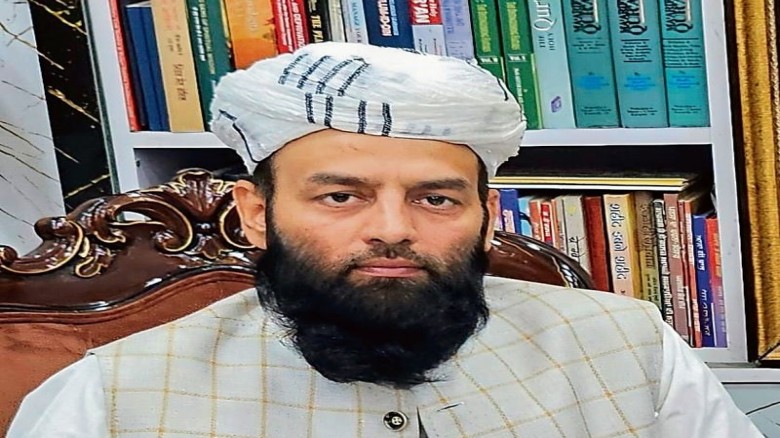
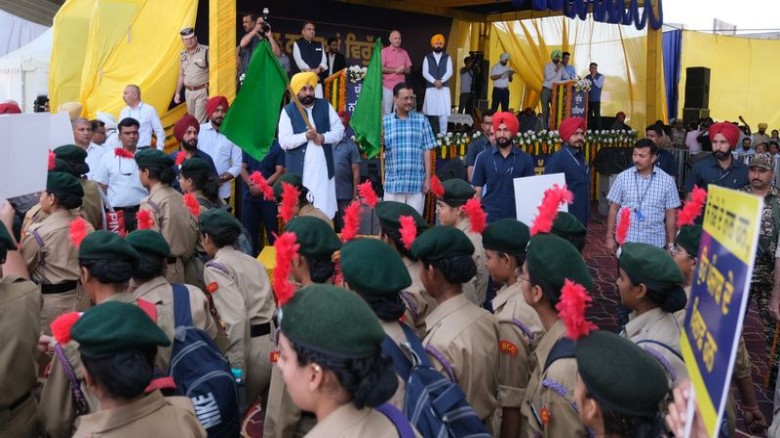
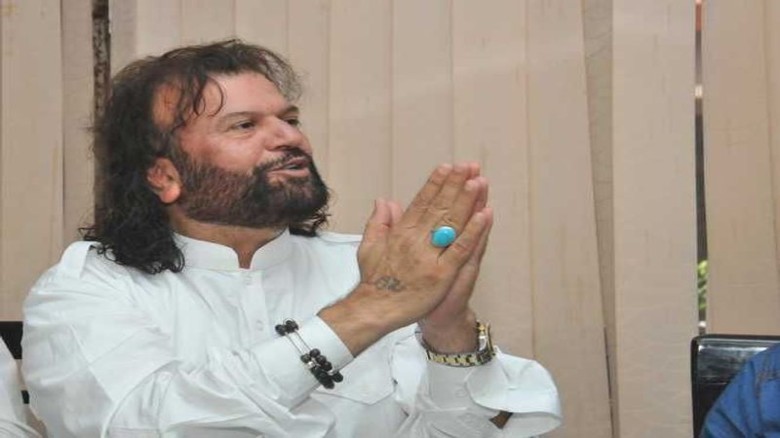

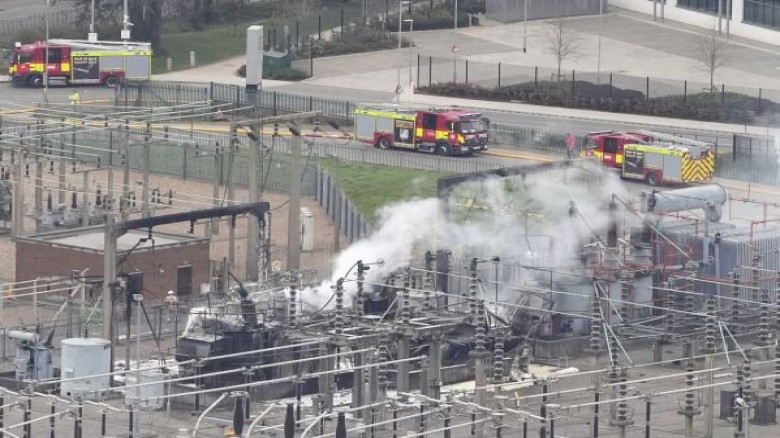


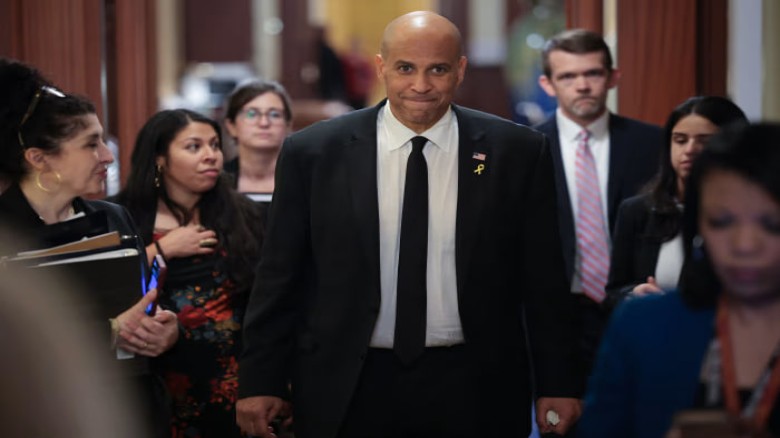
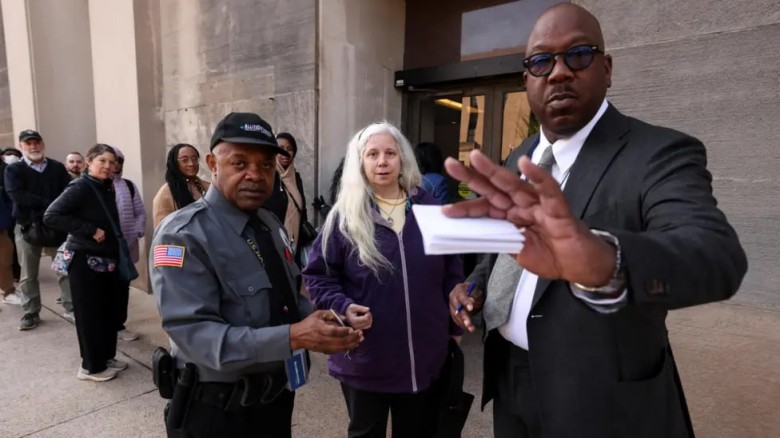


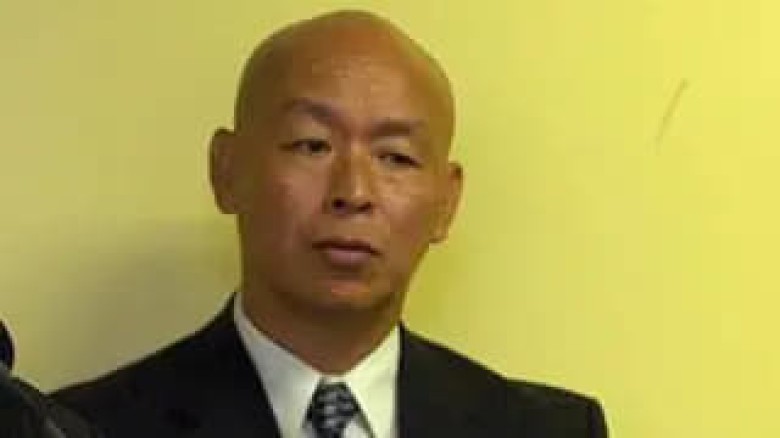
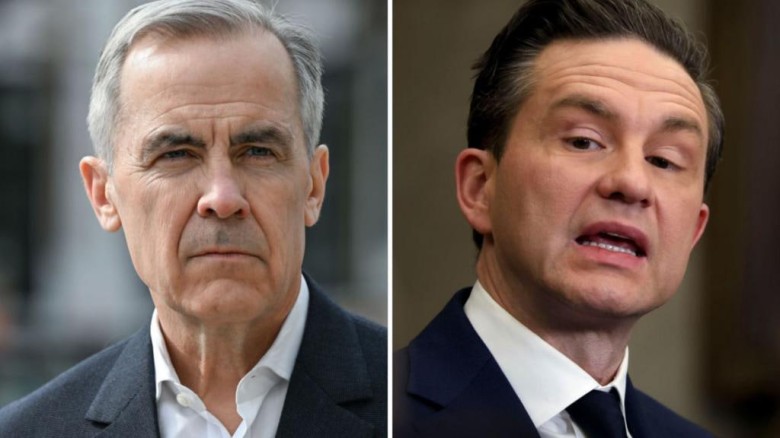

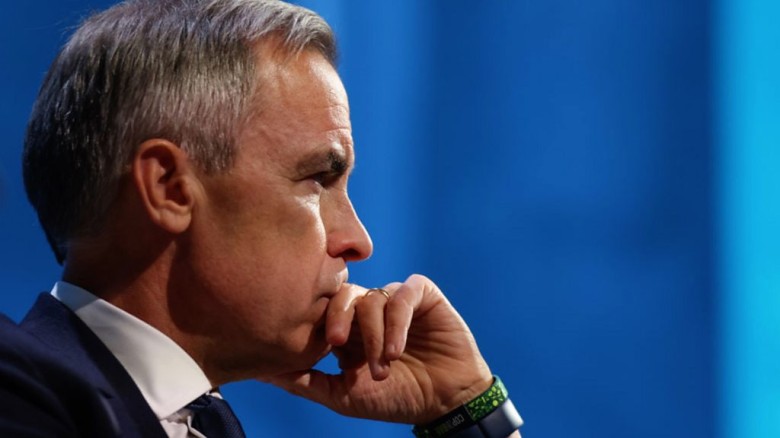

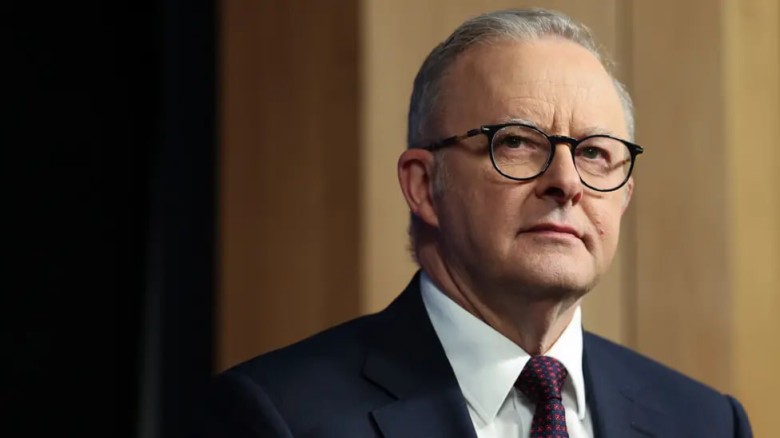




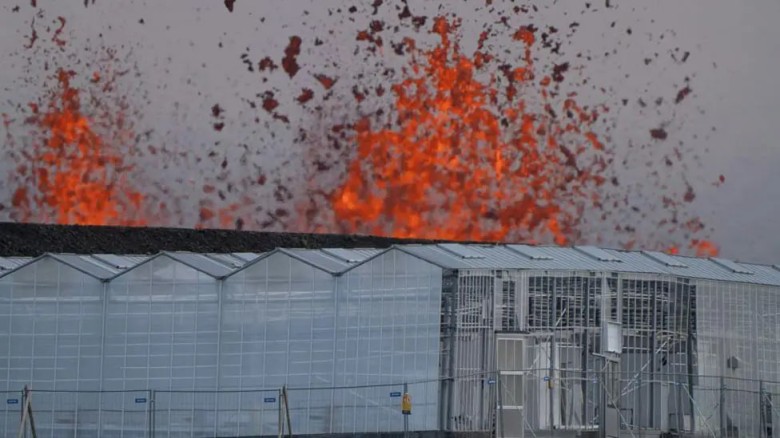
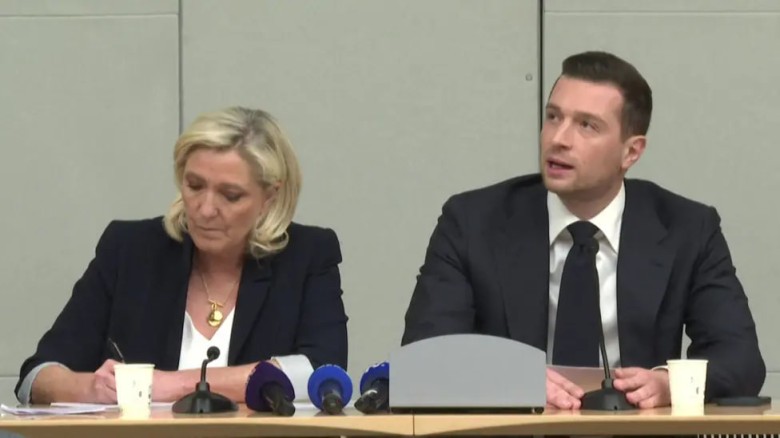
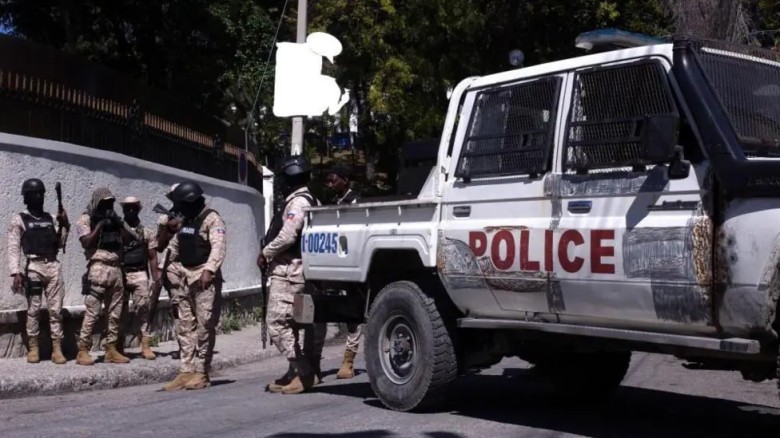

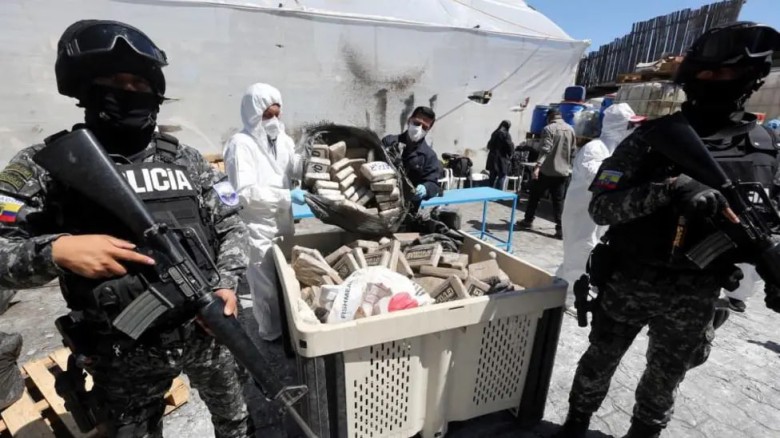


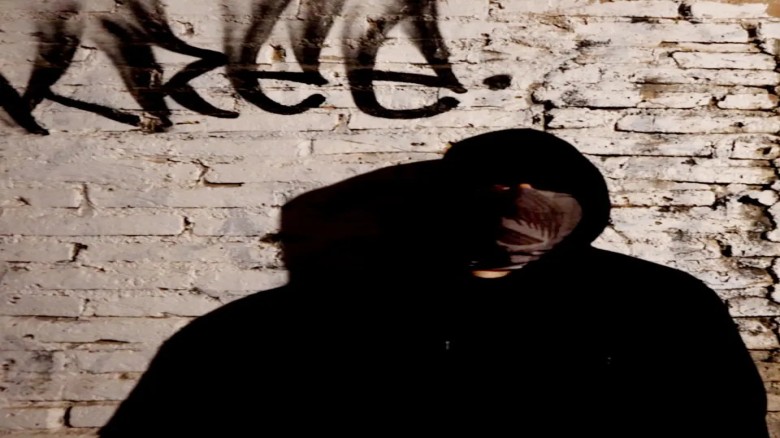
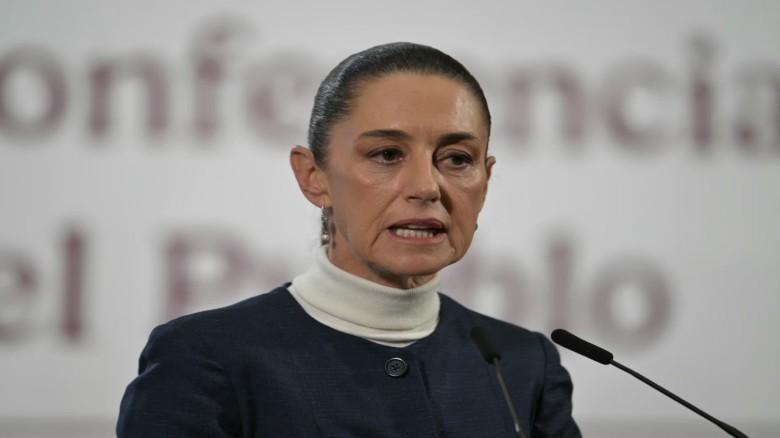


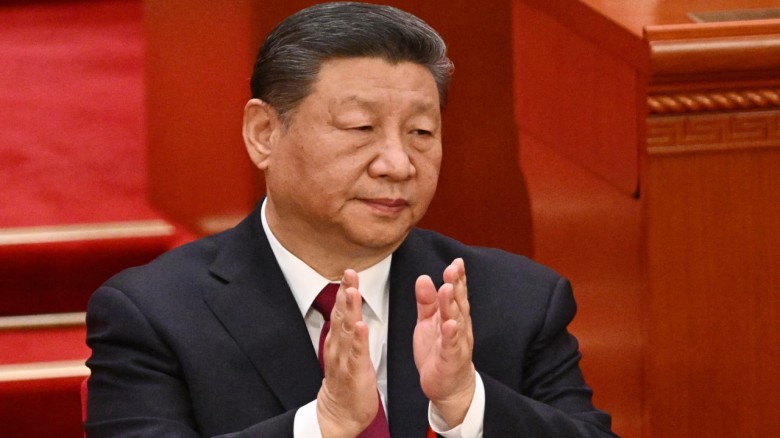
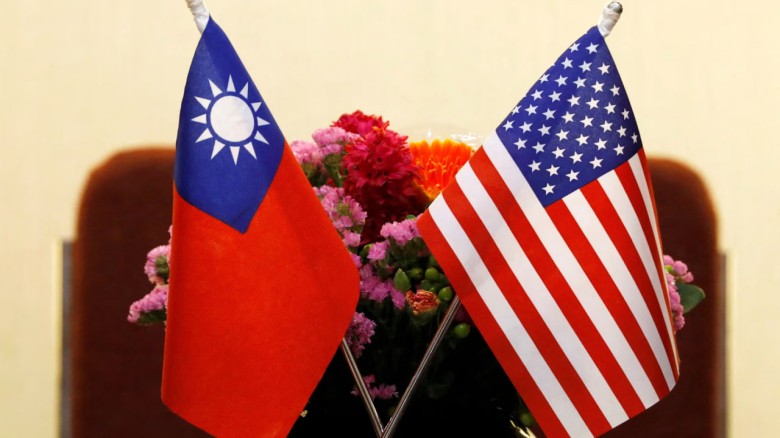
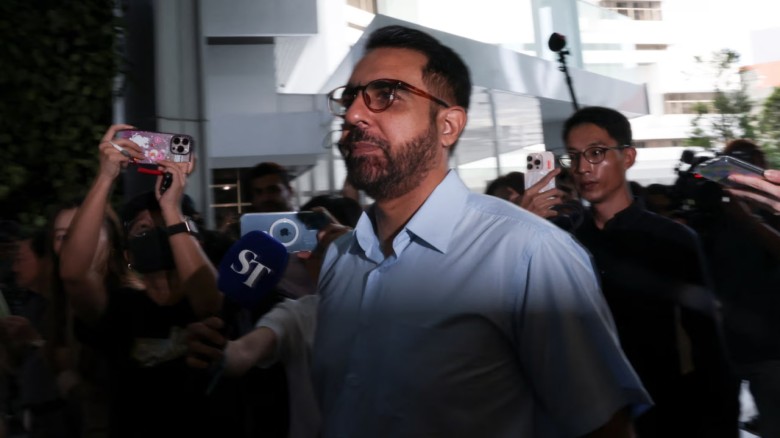


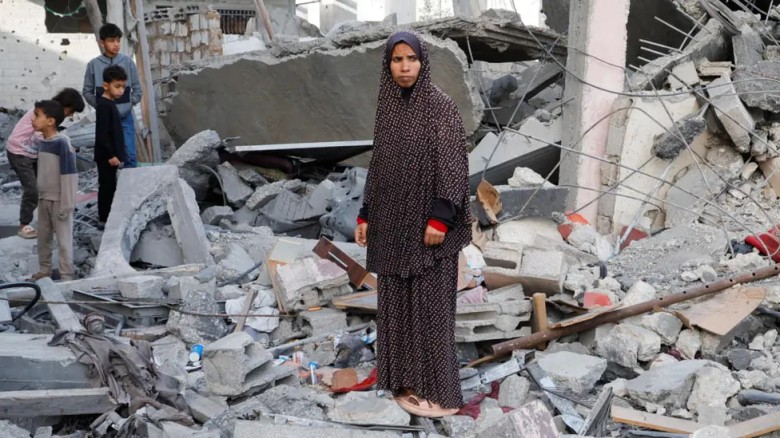
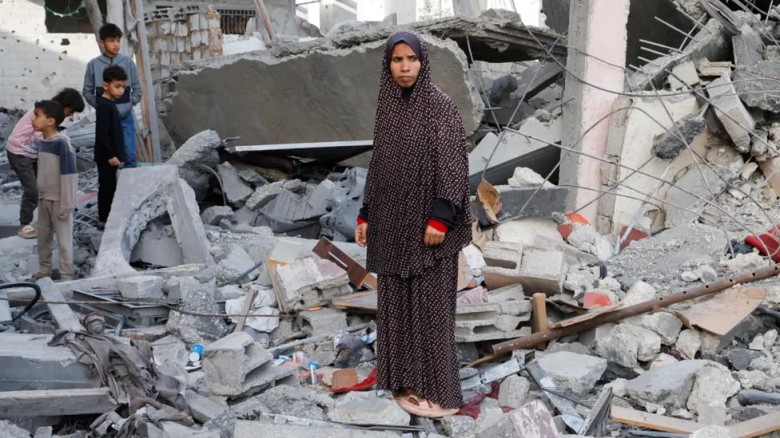

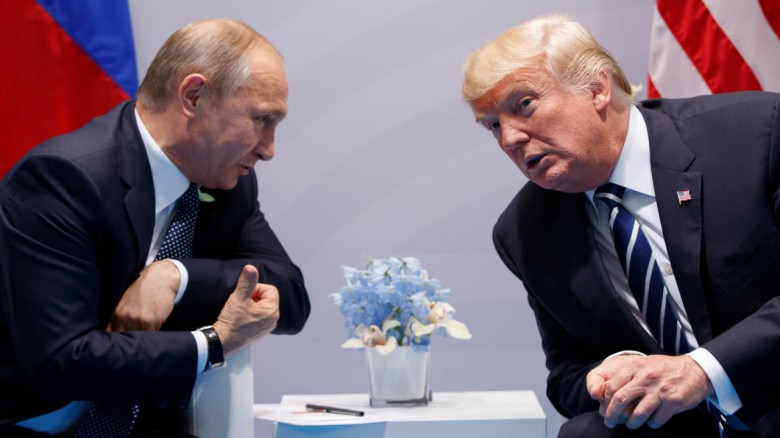




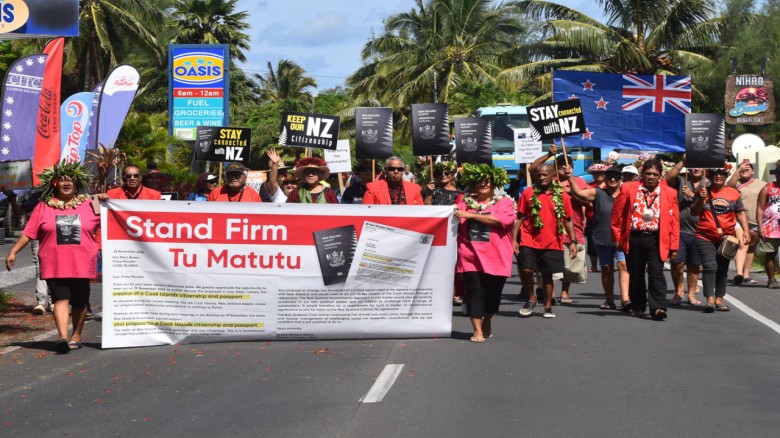

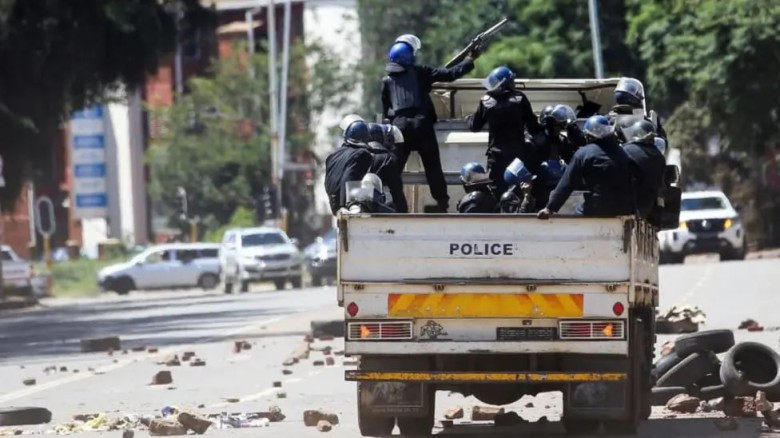
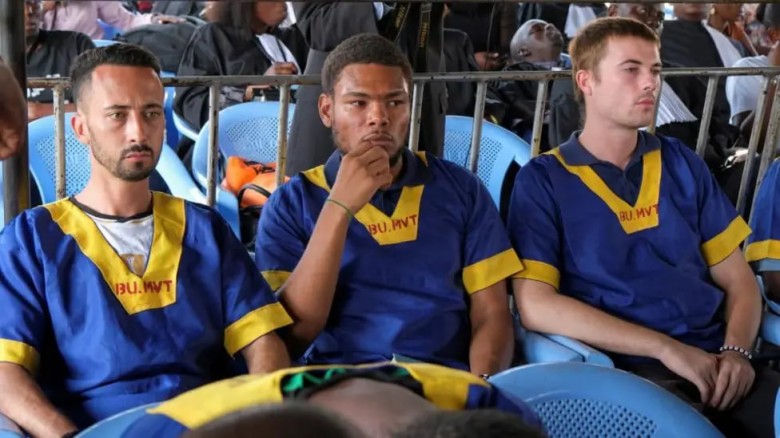




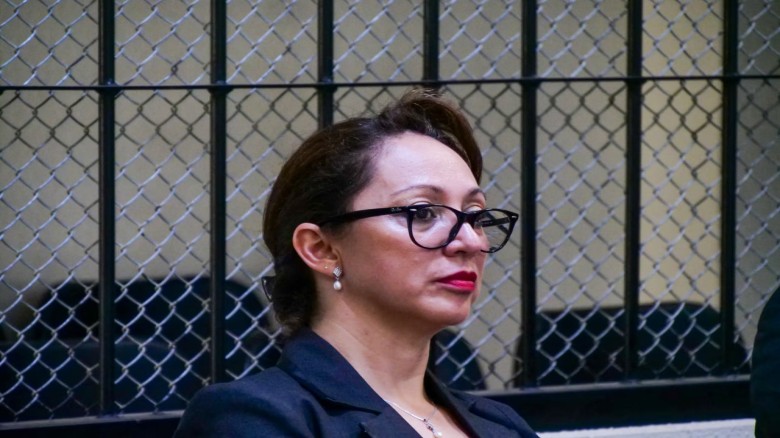
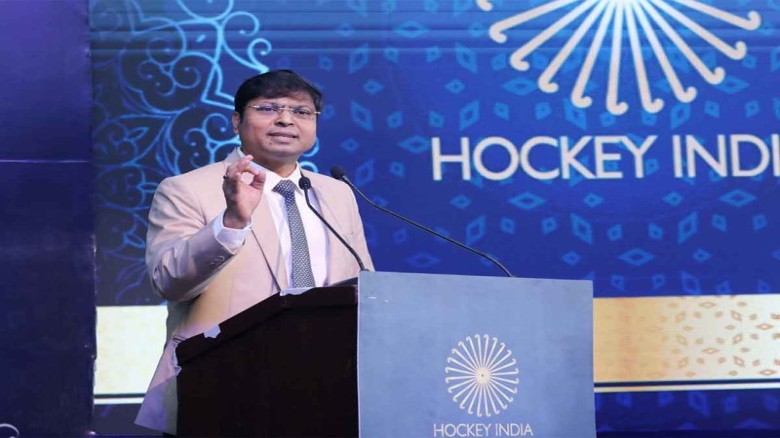









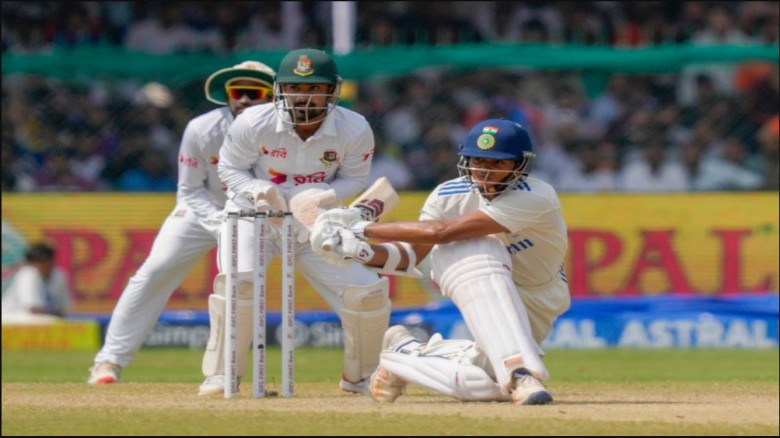
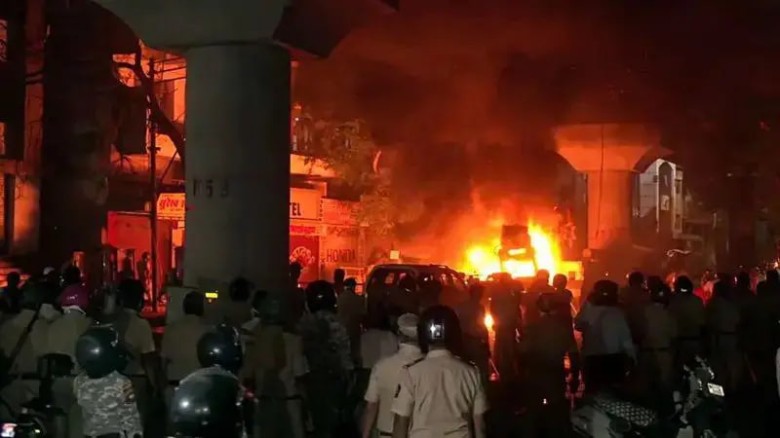


Leave A Comment